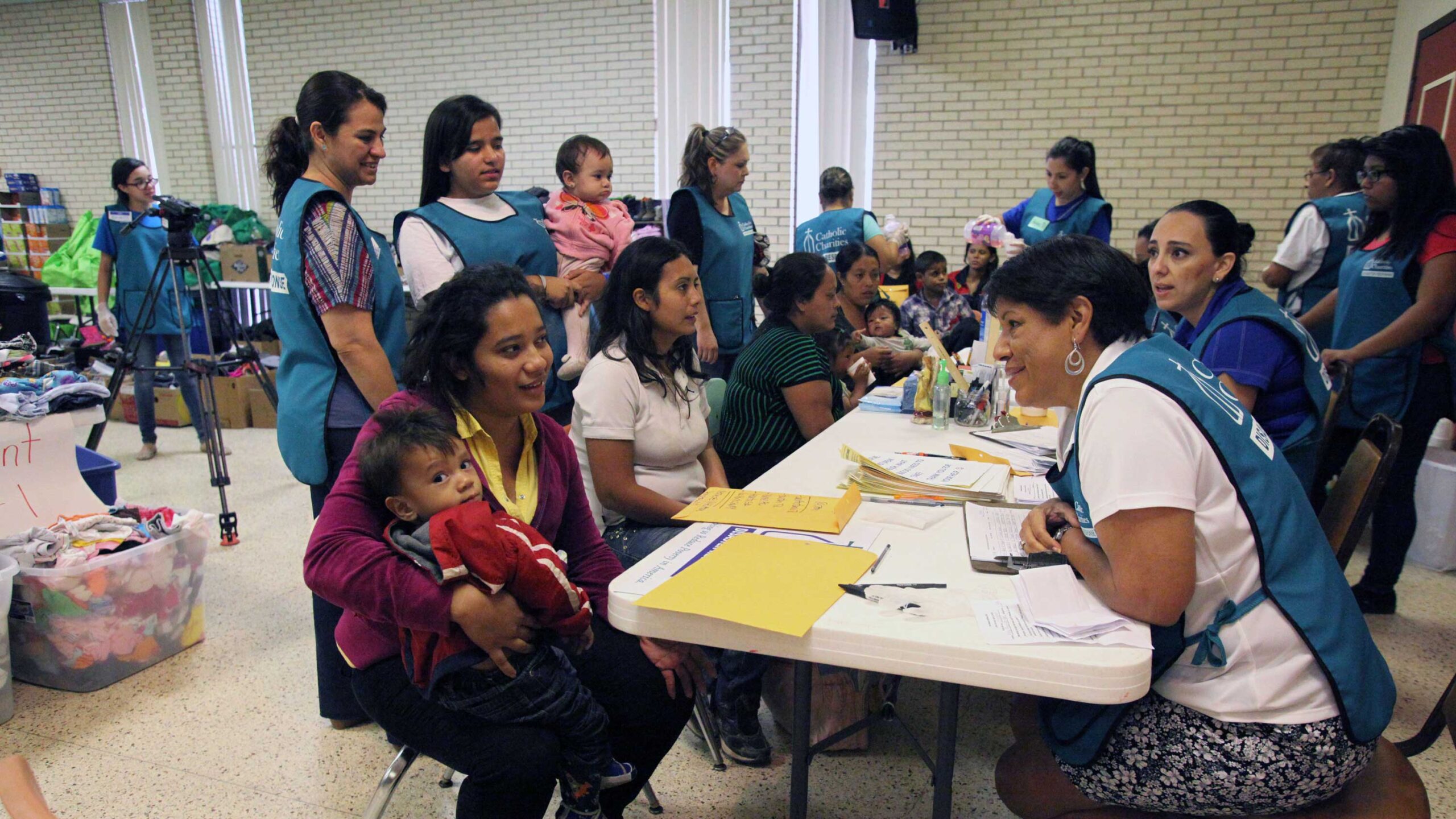Refugee resettlement in the United States has become a nearly constant and increasingly urgent news topic in recent years. The ongoing crisis at the U.S.-Mexico border, the drastic reduction in the refugee resettlement quota under the Trump administration, and the frantic resettlement of Afghans after their country’s fall to the Taliban have all highlighted the myriad challenges faced not only by policy makers but also by refugees themselves.
Demographic research can shed a light on these daunting challenges and provide much-needed perspective on the traits as well as the tremendous risks and strengths of these vulnerable populations. Ellen Percy Kraly, Colgate’s William R. Kenan Jr. Professor of geography and environmental studies, explores this topic in the article “The Role of Demographic Research in Promoting Refugee Resettlement and Integration in the United States,” published in a recent issue of the Journal on Migration and Human Security.
A “Blind Spot” in Demography
In the realm of demographics, migration remains a niche field of study in the United States. But why? “It’s messy,” Kraly explains.
While age and social biology make modeling levels and patterns of fertility and mortality feasible, “migration is fundamentally behavioral, structural and political,” she says. “Particularly for refugee migration, we have to be completely multidisciplinary, incorporating psychology, economics, anthropology, geography, the policy sciences, and bringing in human rights, and values. We do use mathematical models, but we also very much use qualitative research to understand the lived experience of people.”
Kraly spotted this “blind spot” in demography in the late 1970s and has since led the field, particularly during the past decade, with her research into forced displacement and refugee migration. She co-edited the book The Demography of Refugees in Forced Migration (Springer, 2018). Her prominence in the field led to her co-hosting both a May 2019 scientific workshop and subsequent December 2020 virtual stakeholder meeting of the Committee on Population of the U.S. National Academies of Sciences, Engineering, and Medicine.
“It was an opportunity to bring international models of best practices and programs and discuss how they could be applied in the United States,” Kraly says.
Her journal article — written with two co-authors — shares the results of those two meetings.
“While the papers presented at those meetings have been made available, this special volume of the Journal on Migration and Human Security is meant to push them out to an even wider audience of policy makers, congressional staff, and migrant advocates,” Kraly says.
Quantity Plus Quality, Not Versus
Data on refugees can be difficult to come by, especially in the United States. The Census does not ask about refugee or authorized migration status, and federal data related to the resettlement process are limited. “We do not do a very good job of tracking the integration of immigrants in the United States, full stop,” Kraly says. “We’re really strapped for data, so we often have to rely on theory and models for our predictions.”
The journal article heralds technological advances in computer modeling and simulation that are improving demographers’ ability to predict forced migration patterns, ranging from human movement to communicable disease spread to economic activity. “Emerging methodological innovations that take into account remote sensing and social media data will help create very useful models to predict displacement and how environmental change might prompt it,” she says.
However, there is a growing recognition, especially among emerging demographic researchers, that quantitative data alone are no longer enough. It must be paired with qualitative data to present a more detailed and nuanced picture of refugee settlement and integration. “You have to understand the ‘whys,’ their motivation and aspirations,” Kraly says. “That requires spending time to actually talk to people, to understand their lived experience.”
The article points out how researchers, particularly in the United States, have tended to investigate migration and refugee issues at the national level rather than “meso” level. “The effects of refugee resettlement are felt in local communities,” Kraly says. “They’re moving into and joining neighborhoods. They’re attending local schools. It’s at the county level where there is a lot of public health work and social support being done. And the politics of refugee resettlement so often emerge at these local levels.”
To gain that community perspective, it’s crucial for researchers to collaborate with the roughly 250 resettlement agencies and migrant advocacy organizations nationwide. (Those agencies have decreased from 400 just five years ago.) Their staff members — some of whom have their own migration stories — are on the front lines, helping refugees access local resources and integrate into their respective communities.
Community agencies can help fill that “lived experience” knowledge gap by connecting researchers with refugees for surveys and qualitative studies. “This is where we very much need the grassroots collaboration,” Kraly says. “These agencies can reassure migrants it is safe to come forward and participate in a survey.”
The article also encourages researchers to change their temporal lens — to evaluate the integration of not just the refugees themselves but of their children and grandchildren. “In the United States, we don’t have a tradition of long-term planning,” Kraly says. “We tend to think about the immediate costs of refugee resettlement, and there’s usually a surfeit of costs rather than benefits.
“But if we take an intergenerational perspective, historical evidence and models of integration show that, over time, there are benefits of immigration to the United States on the economy, on health, and productivity. We can use our demographic tools to provide a clearer perspective on the cost and benefits of immigration. But we also need our hearts and minds to consider the experiences of our new neighbors.”

